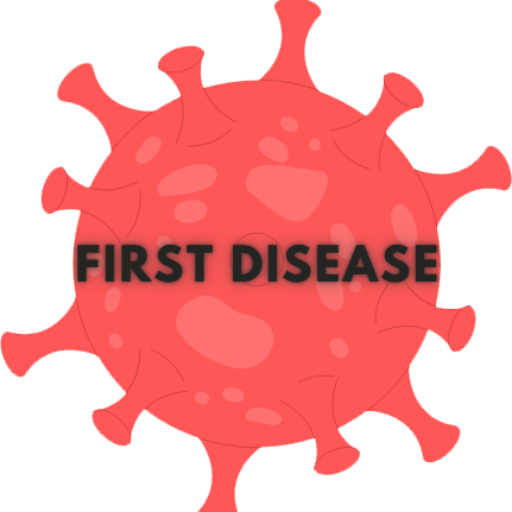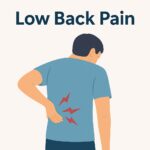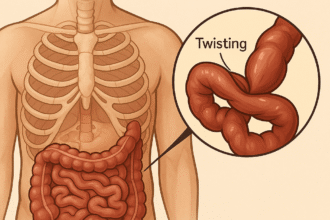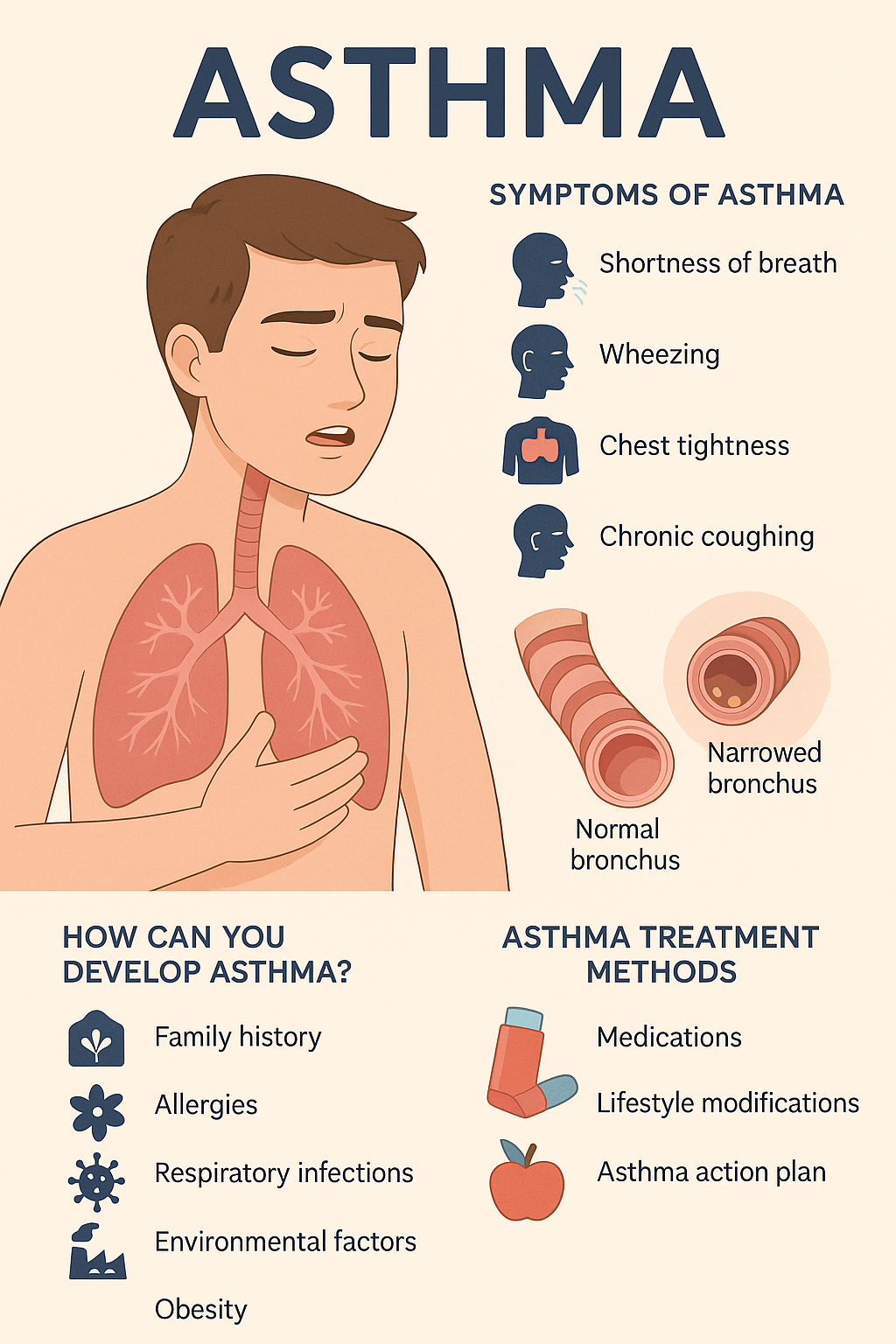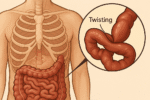1. General Overview (Diseases A–Z)
Short Summary:
Neck pain refers to discomfort or stiffness in the cervical spine area. It can result from poor posture, muscle strain, or degenerative conditions. While it’s often mild and temporary, it can also become chronic or indicate a more serious underlying issue.
What is this condition?
Neck pain is a common condition involving discomfort in the area between the base of the skull and the upper shoulders. It may arise from muscles, nerves, vertebrae, or intervertebral discs in the cervical spine.
What are the symptoms?
-
Pain or stiffness in the neck
-
Reduced range of motion
-
Muscle tightness or spasms
-
Pain radiating to the shoulders, arms, or upper back
-
Headaches
-
Numbness or tingling in arms or hands (if nerves are involved)
What causes it?
-
Muscle strain: Poor posture, especially from prolonged computer or phone use
-
Whiplash: Sudden movement of the neck, often from accidents
-
Herniated cervical disc
-
Cervical spondylosis (age-related wear and tear)
-
Osteoarthritis
-
Spinal stenosis (narrowing of spinal canal)
-
Stress or anxiety: Leading to muscle tension
Who is more likely to experience it?
-
Office workers and students
-
Drivers or people with prolonged head-forward posture
-
Elderly individuals
-
People with prior neck injuries
-
Those under high stress
-
Individuals with sedentary lifestyles
How is it diagnosed?
-
Medical history and physical examination
-
X-rays: To evaluate bones and alignment
-
MRI or CT scans: To view discs and soft tissues
-
Electromyography (EMG): To assess nerve involvement
-
Blood tests: If infection or inflammatory disease is suspected
What are the treatment options?
-
Rest and posture correction
-
Physical therapy: Stretching, strengthening exercises
-
Pain medications: NSAIDs or muscle relaxants
-
Heat and cold therapy
-
Manual therapy: Massage or chiropractic care
-
Cervical collar: Temporary support in certain cases
-
Injections or surgery: In severe or persistent nerve compression cases
Can it be prevented?
Yes. You can reduce your risk with:
-
Maintaining good posture, especially when sitting or using devices
-
Taking frequent breaks from screens
-
Using ergonomic chairs and proper monitor height
-
Strengthening neck and upper back muscles
-
Managing stress effectively
-
Sleeping with appropriate pillow support
Is it contagious?
No. Neck pain is not a contagious condition. It results from physical strain, mechanical issues, or degenerative processes.
2. Symptom Checker – Based on Symptom: Neck Pain
❓ What diseases can cause this symptom?
-
Muscle strain or spasm
-
Cervical disc herniation
-
Cervical spondylosis
-
Whiplash injury
-
Cervical spinal stenosis
-
Tension headaches or migraines
-
Infections (e.g., meningitis, rare)
-
Tumors or metastatic disease (rare)
🧑⚕️ When should I see a doctor?
-
If pain persists for more than a few days
-
If pain radiates to arms or causes numbness/weakness
-
If there’s loss of coordination or balance
-
If pain follows trauma (e.g., car accident)
-
If fever or unexplained weight loss is present
-
If there’s history of cancer or chronic disease
🚨 Emergency or not?
Emergency Situations:
-
Sudden weakness or numbness in arms
-
Loss of bladder or bowel control
-
High fever and stiff neck (possible meningitis)
-
Severe trauma to the neck
Non-Emergency (Can Wait):
-
Mild pain from poor posture
-
Occasional stiffness with no neurological symptoms

3. Age-Based Overview – Neck Pain
👶 In Infants
-
Rare; may be linked to congenital conditions or infections
-
Often associated with abnormal head position or fever
🧒 In Children
-
Heavy backpacks, poor posture
-
Minor injuries during play or sports
-
Torticollis (twisted neck)
🧑 In Teenagers
-
Text neck syndrome from prolonged screen use
-
Muscle strain from school activities or sports
-
Stress-related muscle tension
👨🦰 In Adults
-
Work-related postural issues
-
Degenerative disc changes
-
Poor ergonomics and high stress levels
👵 In Elderly
-
Cervical spondylosis or osteoarthritis
-
Decreased disc space and spinal mobility
-
Higher risk of nerve compression
